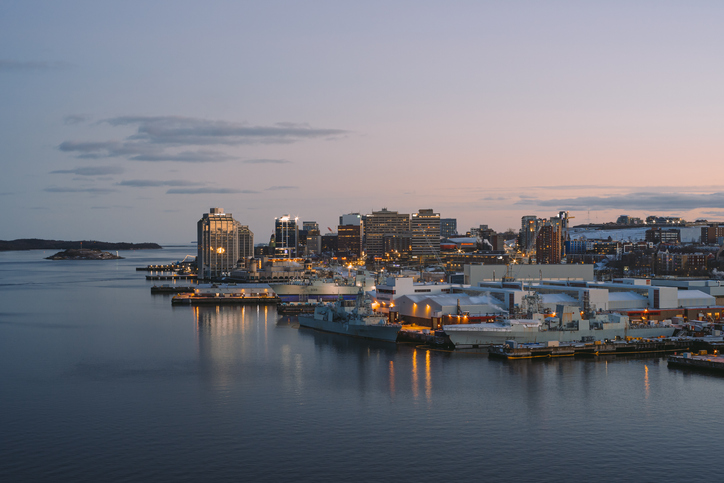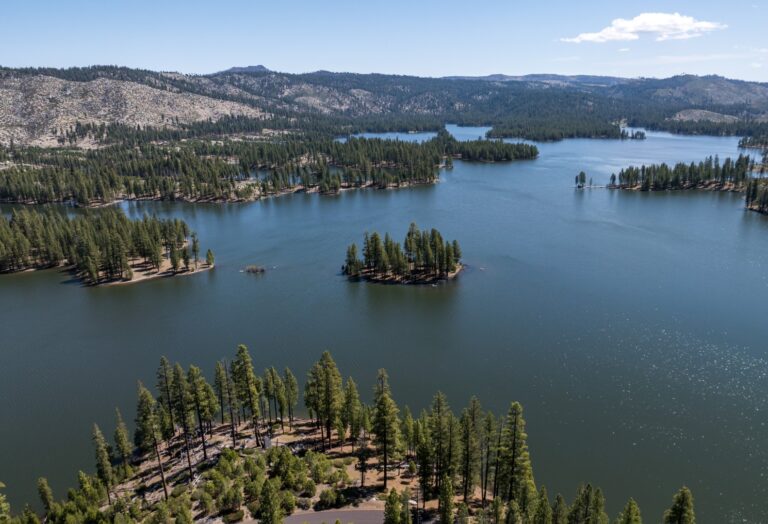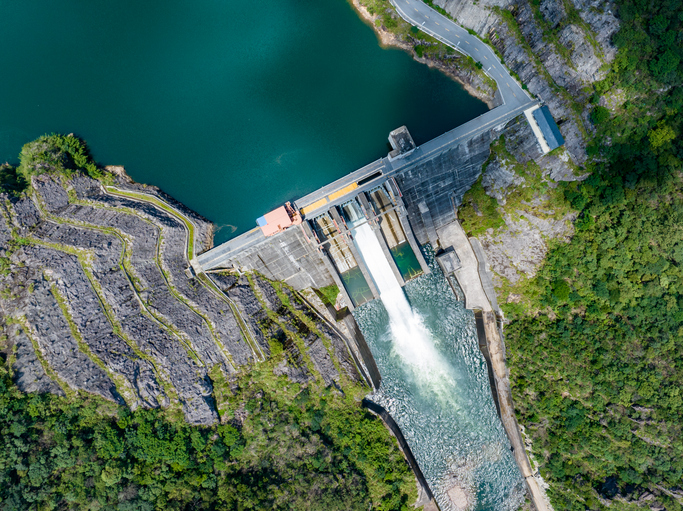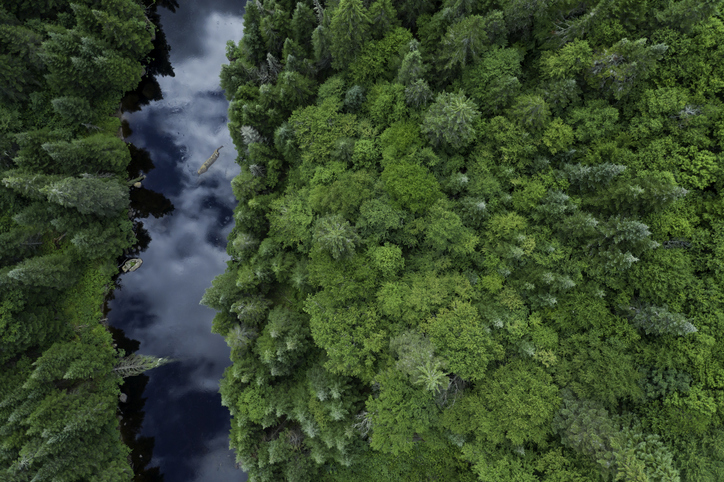The Laurentian Great Lakes are known for many things – the sometimes harsh weather, the drinking water they provide to millions of people and as a place to boat and swim in the summer months.
But they are also home to North America’s largest freshwater commercial fishing fleet, a significant industry in Ontario that has slowly faded from view and is now largely unknown to the general Canadian public.
A new film by Dalhousie University researcher, Hannah Harrison, is bringing that legacy to light. Filmed on location in ports around the Great Lakes, Last Boat on the Lake explores the challenges and opportunities these fisheries face in a changing world, while giving an intimate look at the people who bring perch, pickerel and other local fish to North American plates.
The hour-long film, released today, reveals how the Great Lakes commercial fisheries are struggling to recruit a new generation of fish harvesters, leading to a ‘greying of the fleet;’ coastal gentrification is squeezing out the services and space that fleets need to operate safely, while sometimes also harming fish habitat; and how Indigenous fishers face the same challenges as non-Indigenous fleets, in addition to racism and discrimination on their traditional waters.
Dr. Harrison, an assistant professor in Dalhousie’s Marine Affairs Program, is available to discuss her film and a new four-year grant from the Great Lakes Fishery Commission that will allow her to study the challenges for new and young entrants to Canadian Great Lakes commercial fisheries.
The documentary was researched, filmed, produced and narrated by Dr. Harrison, edited by Donald Selby, and produced in partnership with the Saugeen Ojibway Nation. Funding was provided by the Conservation of Change Lab, the Social Sciences and Humanities Research Council of Canada, the Marine Environmental Observation, Prediction, and Response Network, the Arrell Food Institute and Dal’s Marine Affairs Program.
Image credit to Dalhousie.









